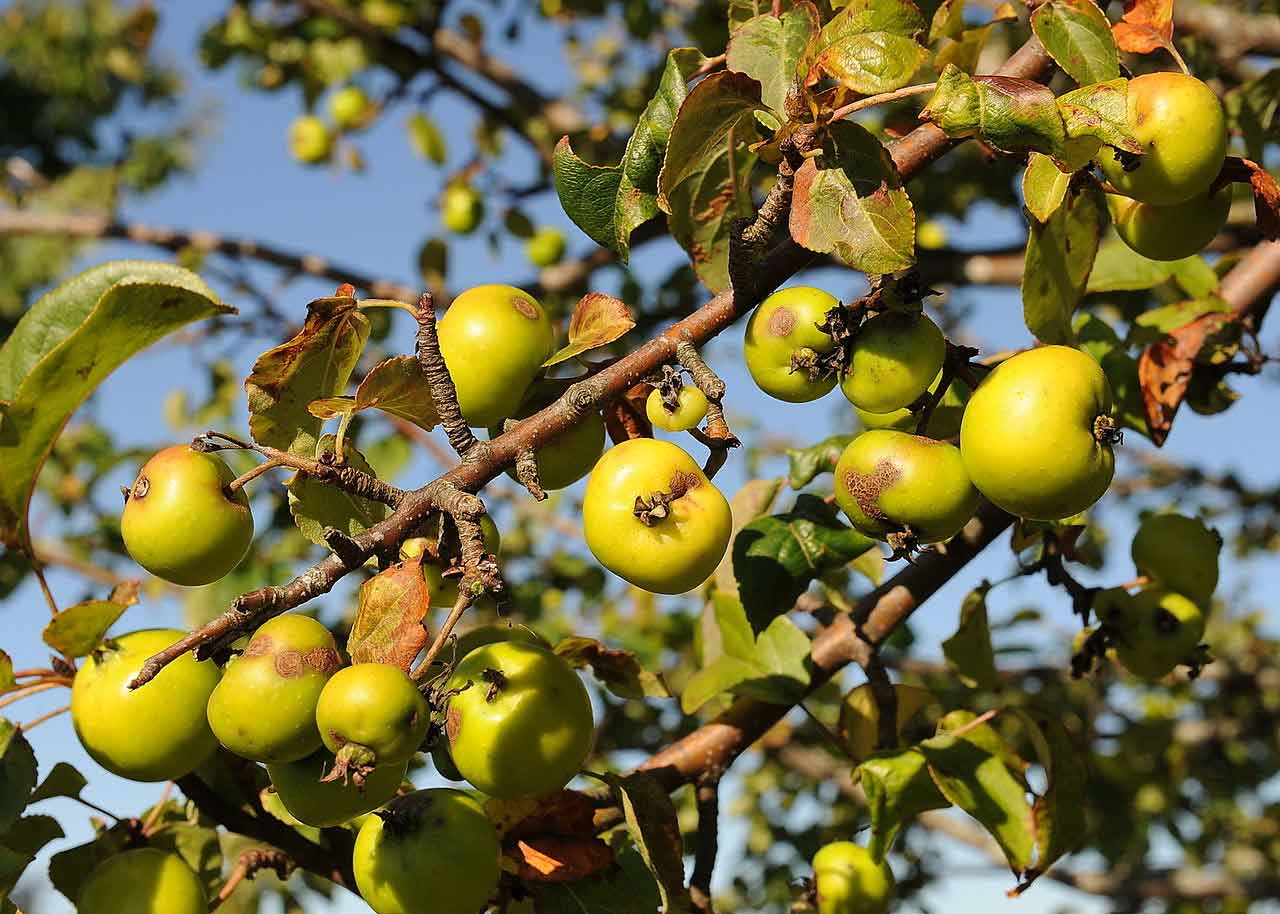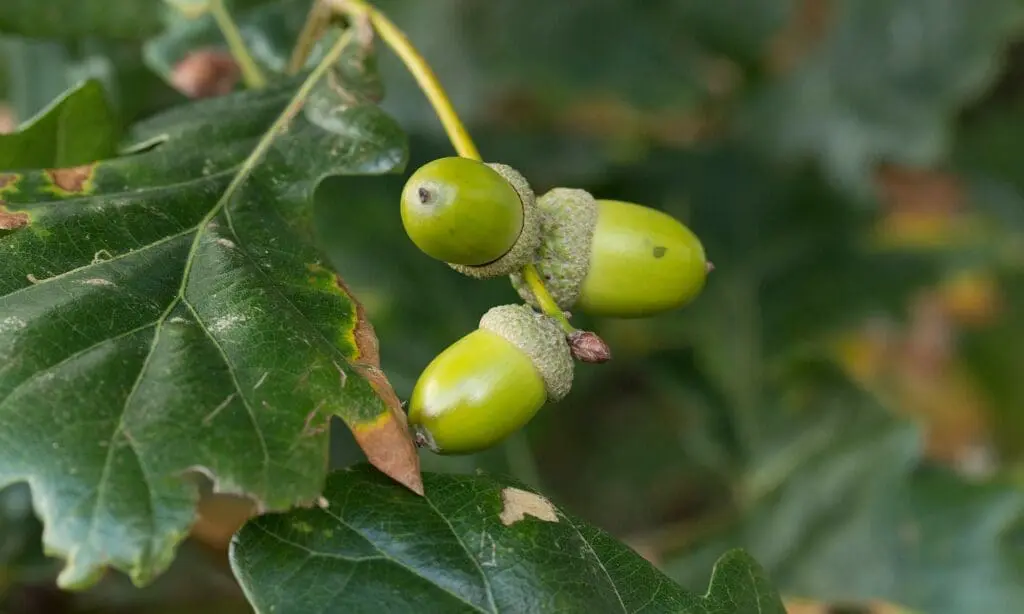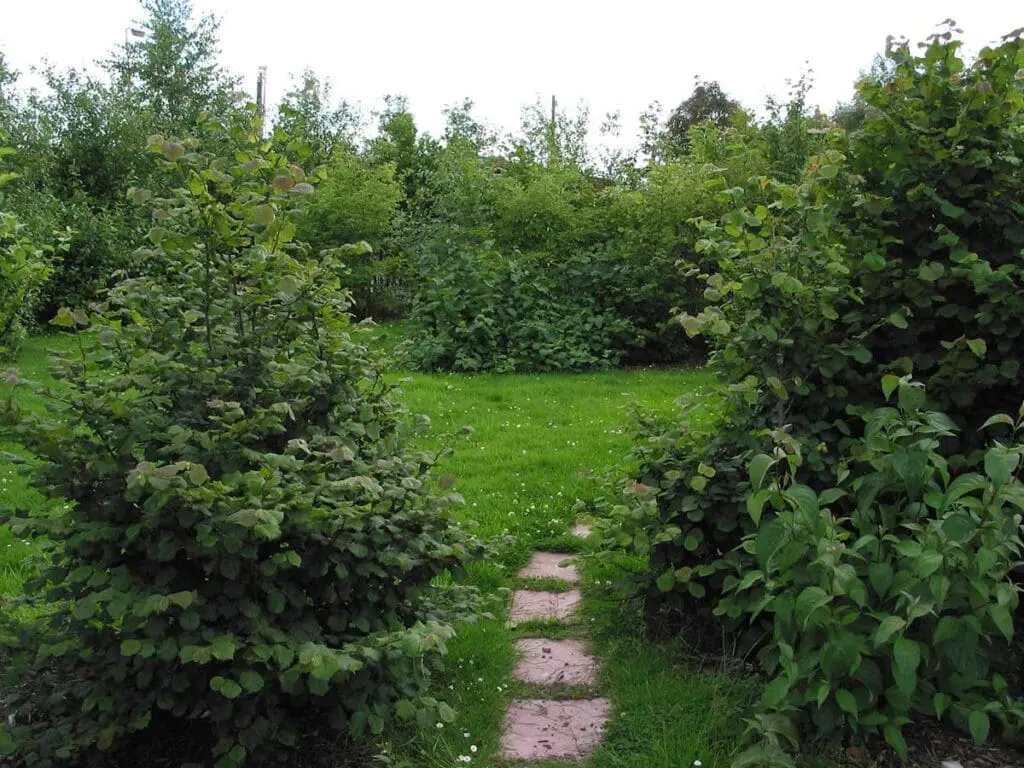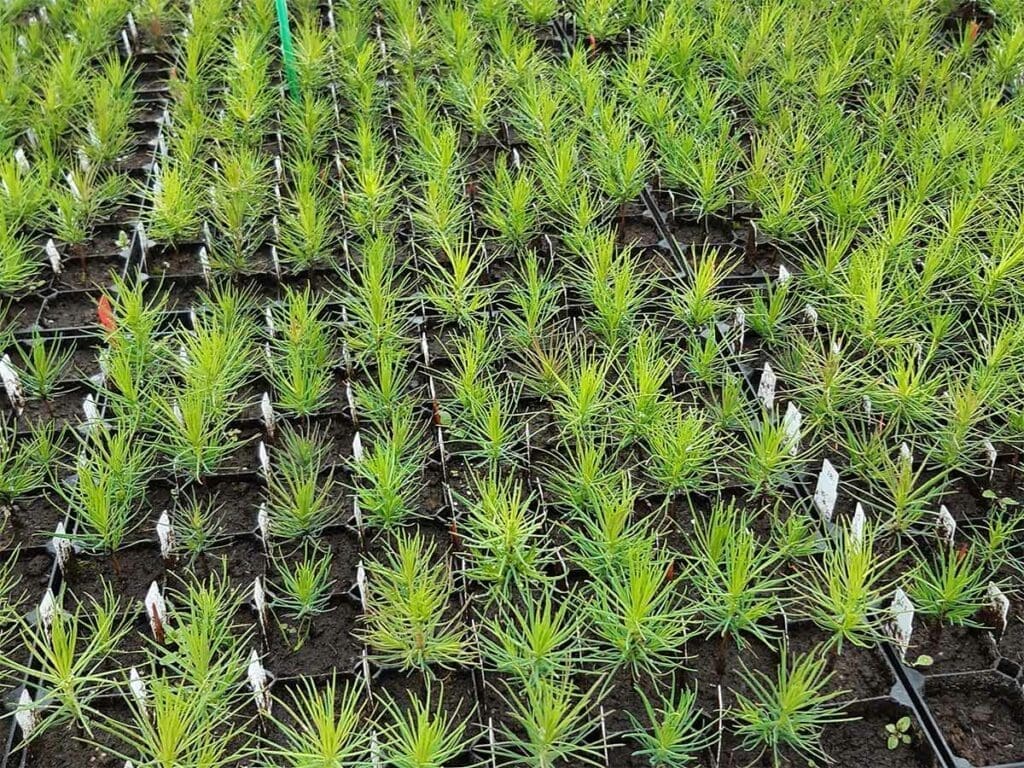- Common name: Crab Apple
- Scientific name: Malus sylvestris
- Family: Rose (Rosaceae)
- How to identify Crab Apple
Picking crab apples
Crab apples fall from the tree in October. They they can be picked directly from the tree before this (but not too early). Local wildlife will quickly clear fallen fruit, so be quick.
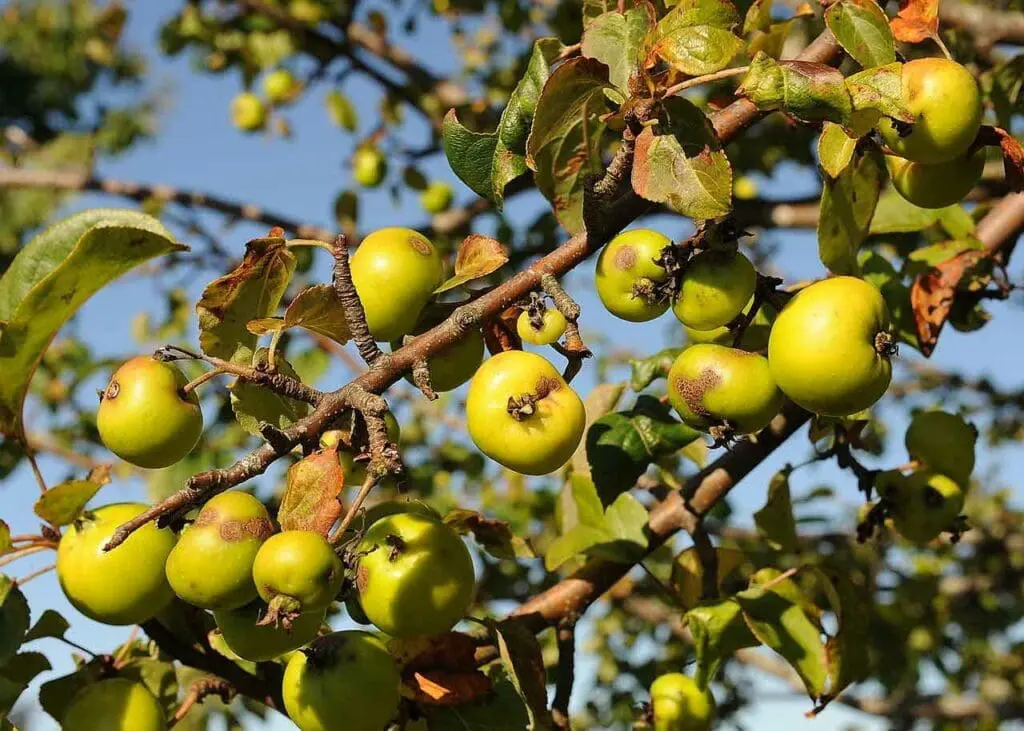

Seed extraction and storage
The apples can be stored in buckets or bread baskets for a week or two provided they are kept in a cool, dry place.
Use a flat-bottomed pole (for example, an old sawn-off spade handle) to mash the fruit and sieve the small ‘pips’ from the pulp. For a more complete description of how to do this, click here.
Pretreatment
Crab apple is quite simple to grow from seed. The extracted seed should be mixed with equal parts of peat-free compost or leafmould. For each handful of seeds add two or three handfuls of mixture. Moisten the mixture so that, when you squeeze a handful, only one or two drops of water escape between your knuckles. Place this mixture into a plastic bag and tie loosely. Put the bag into the vegetable compartment of the fridge (not in the freezer!).
Leave in the fridge for about fourteen weeks. After ten weeks, check regularly for signs of growth.
Sowing
In early February the seeds are ready to sow. In a 1-litre pot sow two seeds and cover with 5mm of compost or grit. Firm gently and water. On a seedbed broadcast the seed, aiming for about 400 in each square metre. Firm with a roller or board to press the seed well into the soil. Cover with 5-10mm of grit.
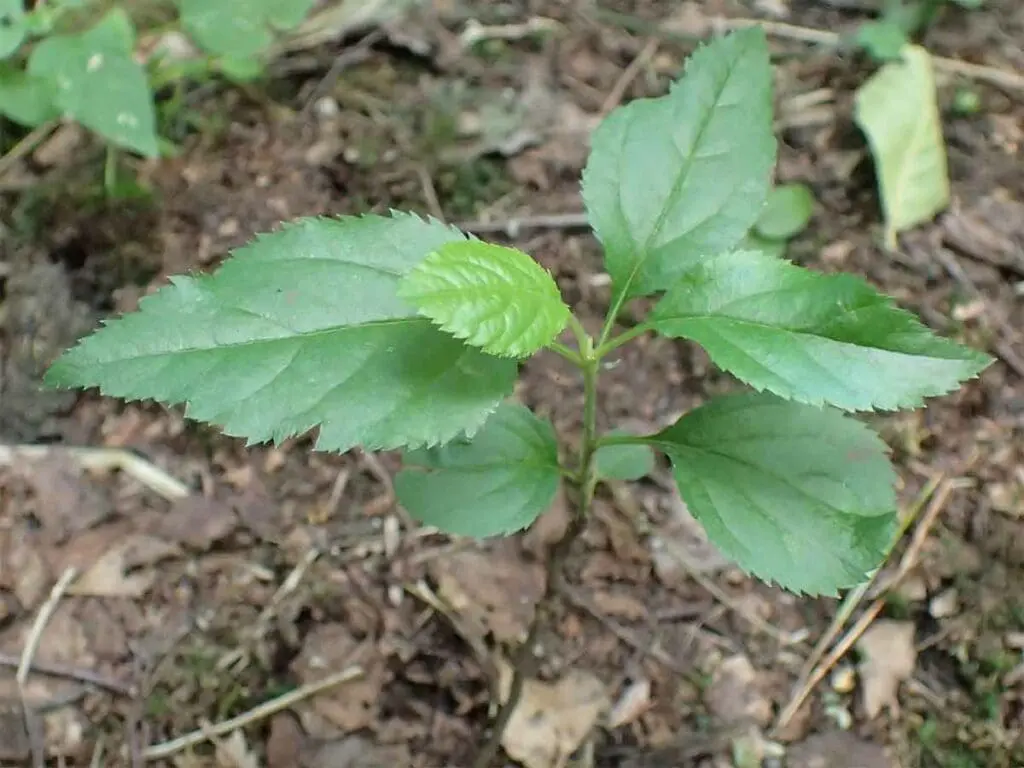
Watering
Keep moist at all times.
Growing
Don’t forget to remove the weaker seedling to leave the strongest when you are growing in a container. Feed regularly.
The only problem you may find when growing crab apple is mildew. Good hygiene can reduce the risk – don’t touch your plants when they are wet and don’t water the foliage too late in the day. Both these measures can help prevent infection. If mildew does appear, treat quickly with a fungicide, preferably organic.
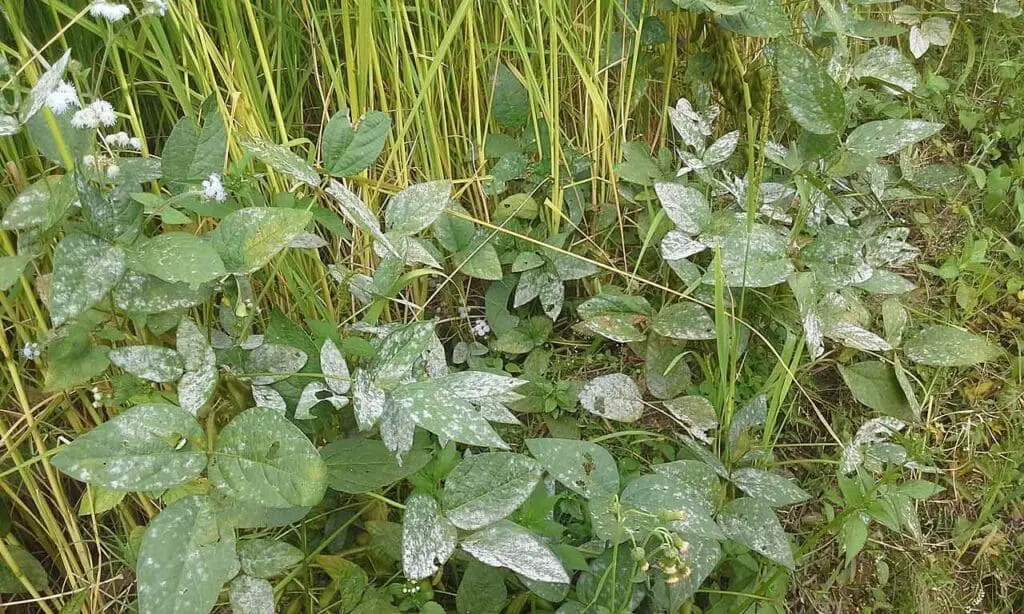
Planting
Prepare the site well by clearing away any weeds or grass and make a hole big enough to accommodate the root ball. Plant carefully in the hole, to the same depth as it was previously growing, and firm back the soil.

